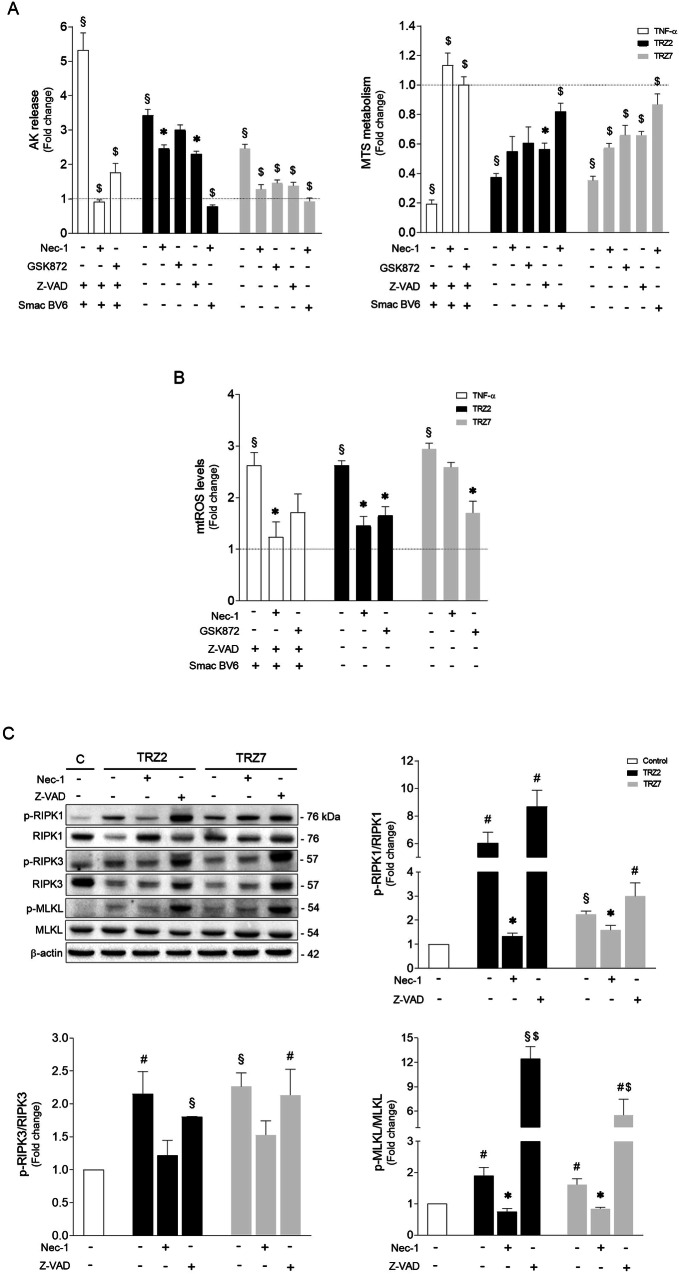Fig. 4. Ru-TRZ hybrids induce necroptotic cell death that is exacerbated when apoptosis is compromised.
A HT29 cells were treated with indicated Ru-TRZ (10 µM), with or without Nec-1 (necroptosis inhibitor), GSK872 (RIPK3 inhibitor), and Z-VAD (pan-caspase inhibitor). Human TNF-α (20 ng/ml) plus Z-VAD and Smac mimetic is the positive control for necroptosis induction. Cell death and cell viability were assessed 24 h after compound incubation using a luminescence-based readout for AK release (left), and a colorimetric-based readout for MTS metabolism (right). B Mitochondrial ROS was determined in HT29 cells exposed to indicated Ru-TRZ compounds for 15 min by fluorometric measurement of MitoSOX Red (580 nm). C Representative immunoblots of necroptosis mediators RIPK1, RIPK3 and MLKL, and respective phosphorylated forms, p-RIPK1, p-RIPK3 and p-MLKL, in whole-cell extracts from HT29 cells exposed to indicated Ru-TRZ compounds for 24 h (top left), and quantification of p-RIPK1/RIPK1 (top right), p-RIPK3/RIPK3 and p-MLKL/MLKL ratios (bottom). Blots were normalized to endogenous β-actin. Results are expressed as mean ± SEM fold-change to control, from at least three independent experiments. DMSO is the vehicle control. #p < 0.05 and §p < 0.001 from control vehicle-treated cells; *p < 0.05 and $p < 0 .001 from cells exposed to Ru-TRZ alone.

